
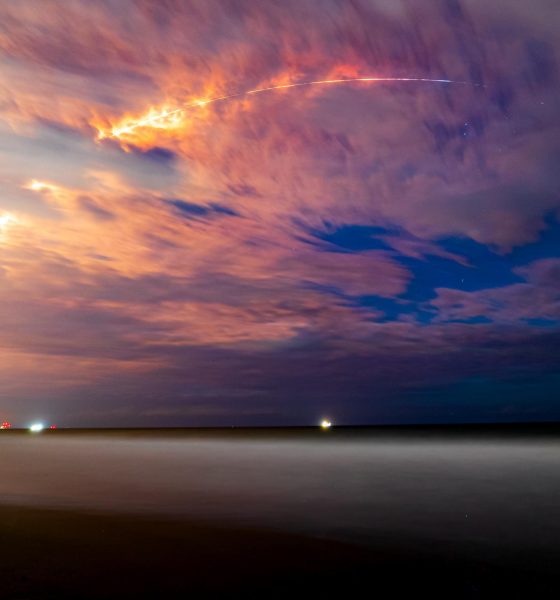
News
SpaceX Falcon 9 rocket completes 50th orbital launch of 2022
SpaceX has successfully launched French satellite communications provider Eutelsat’s Hotbird 13G satellite, chipping away at a jam-packed November manifest and completing Falcon 9’s 50th launch of 2022.
The company’s workhorse rocket lifted off from its Cape Canaveral Space Force Station (CCSFS) LC-40 pad with the 4.5-ton (~9,900 lb) geostationary communications satellite in tow at 1:22 am EDT on November 3rd – 116 minutes later than originally planned to leave more time “to complete pre-flight checkouts.” But Falcon 9 performed flawlessly, growing a record-breaking streak with its 160th consecutively-successful launch.
Flying for the seventh time since it debuted in June 2021 and just 45 days after its sixth flight, Falcon 9 booster B1067 completed a nominal ascent, separation, descent, reentry, and landing. The booster touched down on SpaceX drone ship Just Read The Instructions (JRTI) about nine minutes after liftoff and will be prepared for an eighth launch in the near future – possibly as early as next month. In addition to its well-known booster reuse, SpaceX’s webcast host noted that Falcon 9’s payload fairing – a carbon fiber composite nosecone made up of two separable halves – had halves flying for the fourth and sixth time.
Speaking in 2017, SpaceX CEO Elon Musk once likened each Falcon fairing half to a pallet of $3 million that falls into the ocean after every launch. Around the same time, SpaceX decided to try to recover that pallet of cash, kicking off its fairing recovery and reuse program. Five years later, Falcon fairing reuse – while far less visible and famous than booster reuse – has become extremely reliable. At its current rate of one launch every six days, recovering and reusing fairings likely saves SpaceX tens or even hundreds of millions of dollars annually and limits the need for major manufacturing expansions that would otherwise be necessary.
Even though SpaceX fishes fairing halves out of the ocean before every flight, the company’s cleaning and refurbishment processes have improved to the point that even paying customers have started to accept flight-proven fairings on their launches. Eutelsat’s Hotbird 13G satellite is the first customer payload to use a Falcon fairing half for the sixth time, further raising the bar of acceptance.
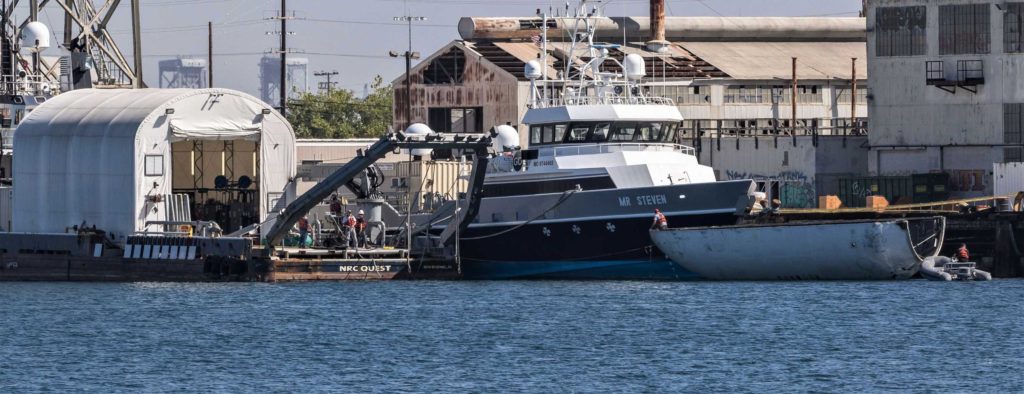
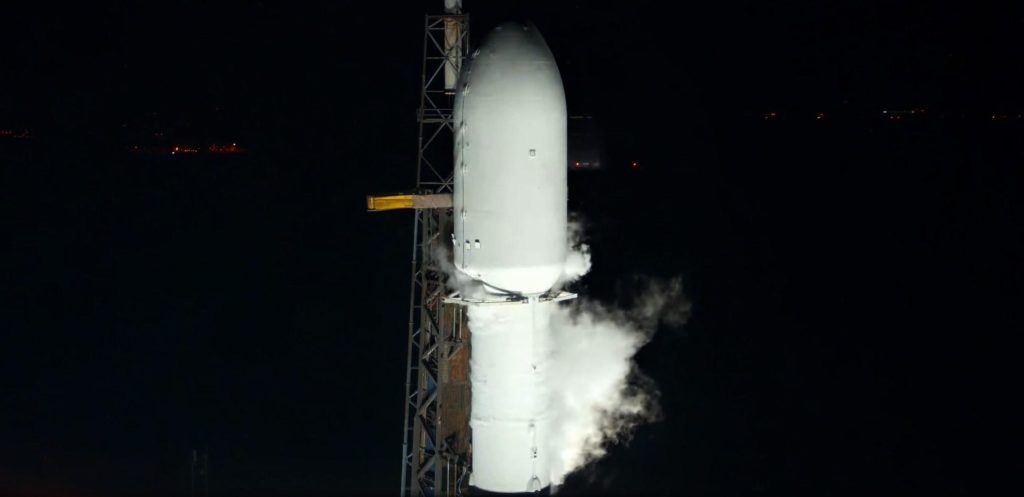
About half an hour after liftoff, Falcon 9’s expendable upper stage separated from Hotbird 13G. On October 15th, a different Falcon 9 rocket launched its twin, Hotbird 13F, into a supersynchronous transfer orbit measuring around 400 kilometers (~245 mi) by 56,000 kilometers (~34,800 mi). Launching a satellite to a transfer orbit with an apogee higher than its destination makes reaching a circular orbit at that target altitude (35,800 km, in this case) faster and easier. Having to do less work to raise its orbit will leave Hotbird 13F and 13G with more fuel than they would otherwise have, effectively extending their theoretical lifespans by preserving more propellant for orbit maintenance after it reaches GEO.
Hotbird 13G was SpaceX’s 51st launch of 2022 and 59th launch in 365 days. If SpaceX sustains the average pace it has set in the last ten months through the last two months of 2022, it could end the year having launched more than 60 times. The mission was also Falcon 9’s 50th launch of 2022, solidifying its spot as the most-launched rocket in a calendar year. The record for the most successful launches (61) of the same rocket family in one year, however, was set by the Soviet Union and has stood for more than four decades.
SpaceX has at least five more Falcon 9 launches tentatively scheduled this month. Intelsat Galaxy 31 & 32 satellites are up next and could launch from the same pad as Hotbird 13G as early as November 8th, followed by Eutelsat 10B in mid-November, and Japanese startup ispace’s first Moon lander no earlier than November 22nd. An uncrewed Dragon spacecraft is set to launch NASA cargo to the the International Space Station (ISS) on November 20th. Finally, while tentative and contingent upon three other launches going smoothly, SpaceX could squeeze in Starlink 4-37 in late November.

News
Tesla dispels reports of ‘sales suspension’ in California
“This was a “consumer protection” order about the use of the term “Autopilot” in a case where not one single customer came forward to say there’s a problem.
Sales in California will continue uninterrupted.”

Tesla has dispelled reports that it is facing a thirty-day sales suspension in California after the state’s Department of Motor Vehicles (DMV) issued a penalty to the company after a judge ruled it “misled consumers about its driver-assistance technology.”
On Tuesday, Bloomberg reported that the California DMV was planning to adopt the penalty but decided to put it on ice for ninety days, giving Tesla an opportunity to “come into compliance.”
Tesla enters interesting situation with Full Self-Driving in California
Tesla responded to the report on Tuesday evening, after it came out, stating that this was a “consumer protection” order that was brought up over its use of the term “Autopilot.”
The company said “not one single customer came forward to say there’s a problem,” yet a judge and the DMV determined it was, so they want to apply the penalty if Tesla doesn’t oblige.
However, Tesla said that its sales operations in California “will continue uninterrupted.”
It confirmed this in an X post on Tuesday night:
This was a “consumer protection” order about the use of the term “Autopilot” in a case where not one single customer came forward to say there’s a problem.
Sales in California will continue uninterrupted.
— Tesla North America (@tesla_na) December 17, 2025
The report and the decision by the DMV and Judge involved sparked outrage from the Tesla community, who stated that it should do its best to get out of California.
One X post said California “didn’t deserve” what Tesla had done for it in terms of employment, engineering, and innovation.
Tesla has used Autopilot and Full Self-Driving for years, but it did add the term “(Supervised)” to the end of the FSD suite earlier this year, potentially aiming to protect itself from instances like this one.
This is the first primary dispute over the terminology of Full Self-Driving, but it has undergone some scrutiny at the federal level, as some government officials have claimed the suite has “deceptive” naming. Previous Transportation Secretary Pete Buttigieg was vocally critical of the use of the name “Full Self-Driving,” as well as “Autopilot.”
News
New EV tax credit rule could impact many EV buyers
We confirmed with a Tesla Sales Advisor that any current orders that have the $7,500 tax credit applied to them must be completed by December 31, meaning delivery must take place by that date. However, it is unclear at this point whether someone could still claim the credit when filing their tax returns for 2025 as long as the order reflects an order date before September 30.
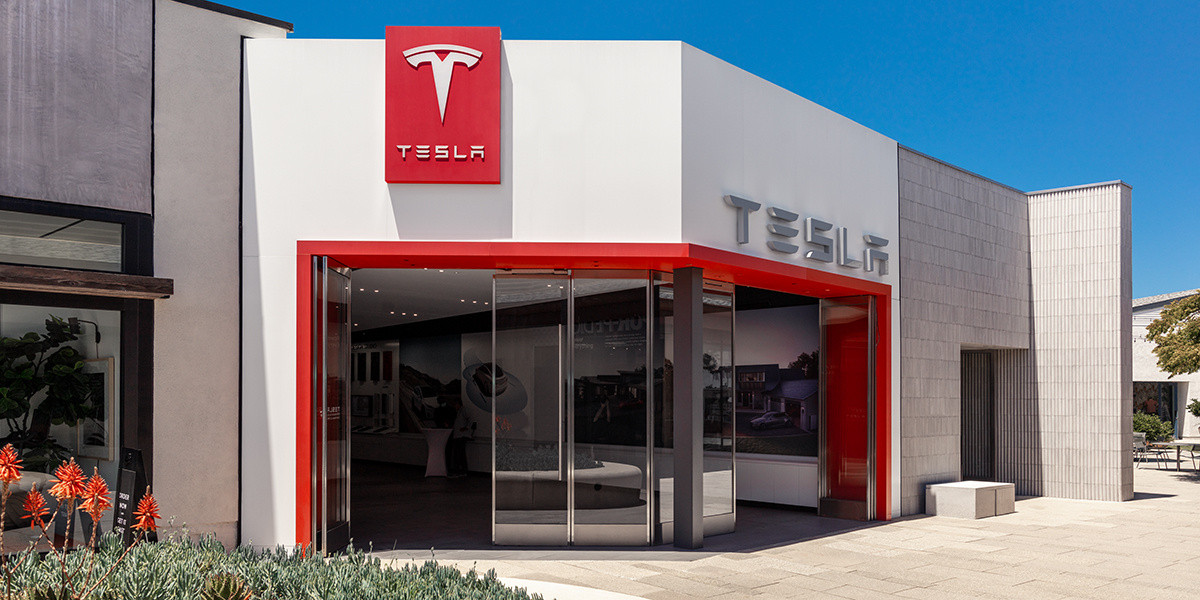
Tesla owners could be impacted by a new EV tax credit rule, which seems to be a new hoop to jump through for those who benefited from the “extension,” which allowed orderers to take delivery after the loss of the $7,500 discount.
After the Trump Administration initiated the phase-out of the $7,500 EV tax credit, many were happy to see the rules had been changed slightly, as deliveries could occur after the September 30 cutoff as long as orders were placed before the end of that month.
However, there appears to be a new threshold that EV buyers will have to go through, and it will impact their ability to get the credit, at least at the Point of Sale, for now.
Delivery must be completed by the end of the year, and buyers must take possession of the car by December 31, 2025, or they will lose the tax credit. The U.S. government will be closing the tax credit portal, which allows people to claim the credit at the Point of Sale.
🚨UPDATE: $7,500 Tax Credit Portal “Closes By End of Year”.
This is bad news for pending Tesla buyers (MYP) looking to lock in the $7,500 Tax Credit.
“it looks like the portal closes by end of the year so there be no way for us to guarantee the funds however, we will try our… pic.twitter.com/LnWiaXL30k
— DennisCW | wen my L (@DennisCW_) December 15, 2025
We confirmed with a Tesla Sales Advisor that any current orders that have the $7,500 tax credit applied to them must be completed by December 31, meaning delivery must take place by that date.
However, it is unclear at this point whether someone could still claim the credit when filing their tax returns for 2025 as long as the order reflects an order date before September 30.
If not, the order can still go through, but the buyer will not be able to claim the tax credit, meaning they will pay full price for the vehicle.
This puts some buyers in a strange limbo, especially if they placed an order for the Model Y Performance. Some deliveries have already taken place, and some are scheduled before the end of the month, but many others are not expecting deliveries until January.
Elon Musk
Elon Musk takes latest barb at Bill Gates over Tesla short position
Bill Gates placed a massive short bet against Tesla of ~1% of our total shares, which might have cost him over $10B by now
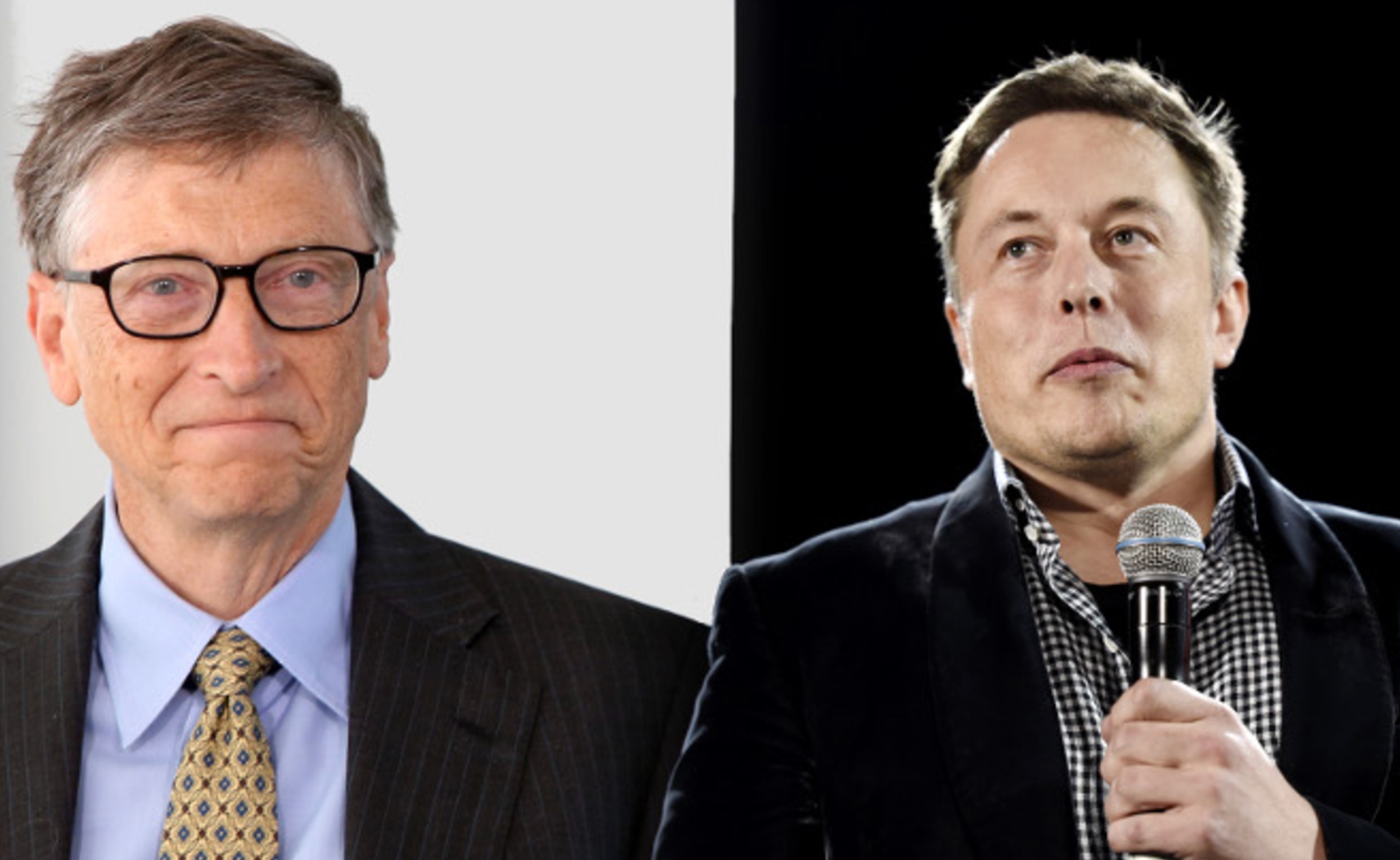
Elon Musk took his latest barb at former Microsoft CEO Bill Gates over his short position against the company, which the two have had some tensions over for a number of years.
Gates admitted to Musk several years ago through a text message that he still held a short position against his sustainable car and energy company. Ironically, Gates had contacted Musk to explore philanthropic opportunities.
Elon Musk explains Bill Gates beef: He ‘placed a massive bet on Tesla dying’
Musk said he could not take the request seriously, especially as Gates was hoping to make money on the downfall of the one company taking EVs seriously.
The Tesla frontman has continued to take shots at Gates over the years from time to time, but the latest comment came as Musk’s net worth swelled to over $600 billion. He became the first person ever to reach that threshold earlier this week, when Tesla shares increased due to Robotaxi testing without any occupants.
Musk refreshed everyone’s memory with the recent post, stating that if Gates still has his short position against Tesla, he would have lost over $10 billion by now:
Bill Gates placed a massive short bet against Tesla of ~1% of our total shares, which might have cost him over $10B by now
— Elon Musk (@elonmusk) December 17, 2025
Just a month ago, in mid-November, Musk issued his final warning to Gates over the short position, speculating whether the former Microsoft frontman had still held the bet against Tesla.
“If Gates hasn’t fully closed out the crazy short position he has held against Tesla for ~8 years, he had better do so soon,” Musk said. This came in response to The Gates Foundation dumping 65 percent of its Microsoft position.
Tesla CEO Elon Musk sends final warning to Bill Gates over short position
Musk’s involvement in the U.S. government also drew criticism from Gates, as he said that the reductions proposed by DOGE against U.S.A.I.D. were “stunning” and could cause “millions of additional deaths of kids.”
“Gates is a huge liar,” Musk responded.
It is not known whether Gates still holds his Tesla short position.








